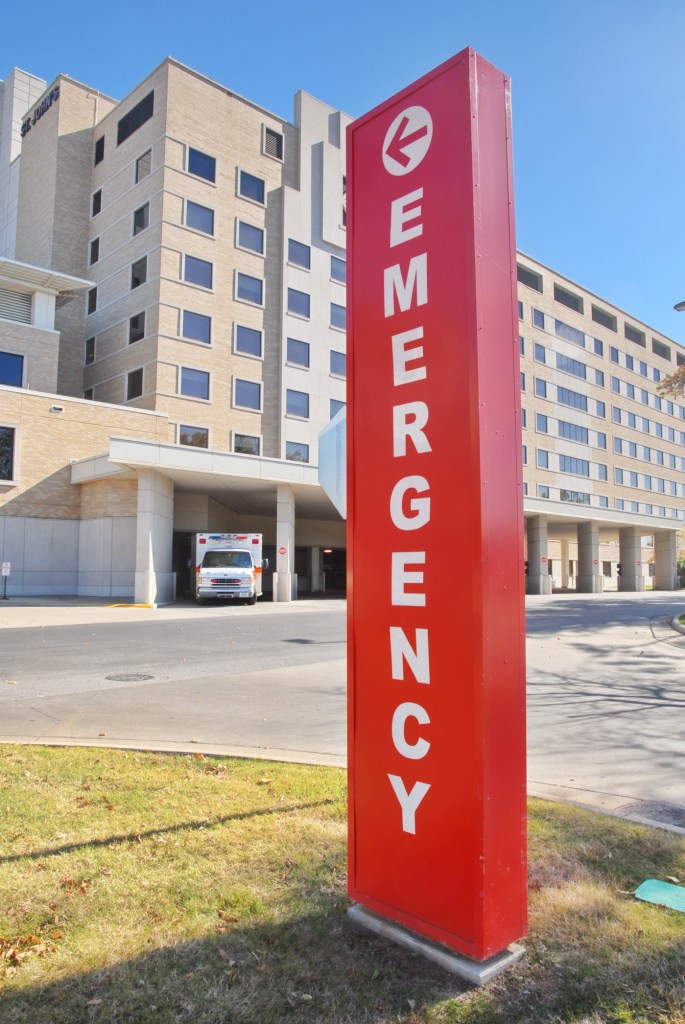A STROKE OCCURS WHEN A BLOOD CLOT cuts off blood flow to the brain, or there is blood vessel bleeding in the brain.
Let’s look at a myth about strokes before turning to the risk factors. We’ll end with some strategies to drop your risk of suffering from a stroke.
Myth: We can’t reduce stroke risk
This one hits close to home for me as my dad died of a heart attack and stroke in his 86th year. Friend to both Dr. Martin Luther King and Malcolm X and mentor to hundreds, his passing was a significant loss to many.
But there is this turn of events: Three weeks before his death, my father expressed that he had a full and wonderful life, that his grandchildren were on a path to success, and that he would die in three weeks. He died naturally, to the day.
Now, back to stroke risk-reduction. Here are the most common risk factors for stroke, according to Johns Hopkins Medicine (USA):
Stroke: Potentially modifiable risks
- High blood pressure (hypertension). A blood pressure of 140/90 or higher can damage blood vessels (arteries)providing your brain’s blood supply.
- Heart disease. Heart disease is the number two risk factor for stroke and the primary cause of death for stroke survivors. Stroke and heart disease share many risk factors.
- Diabetes
- Smoking
- Oral contraceptives (birth control pills)
- High blood cholesterol and lipids. High cholesterol levels can lead to thickening or hardening of the arteries (atherosclerosis) caused by plaque buildup. This buildup can decrease the amount of blood flow to the brain. A stroke occurs if there is a blockage of blood supply to the brain.
- Obesity
- Lack of exercise
- Excessive alcohol use. Consumption of more than two alcohol-containing drinks daily raises blood pressure. Binge drinking can lead to stroke.
- Illegal drugs. Intravenous drug abuse is associated with a high risk of stroke from blood clots. Cocaine and other drugs increase the risk of heart attacks, strokes, and many other cardiovascular problems.
- High red blood cell count. Blood thickening makes clots more likely. This thickening raises stroke risk.
- Abnormal heart rhythm. Some types of heart disease can raise your risk for stroke. Having an irregular heartbeat (atrial fibrillation) is the most powerful and treatable heart risk factor of stroke.
- Heart abnormalities. Damaged heart valves (valvular heart disease) can cause long-term heart damage. Over time, this can raise your risk for stroke.
- Mini-strokes (transient ischemic attacks or TIAs) have symptoms the same as with a stroke, but with a TIA, the symptoms are temporary. Here’s the problem: TIAs make it nearly 10-times more likely to have a stroke than someone of the same sex and age who has not experienced a TIA.
After a transient ischemic attack, the risk of stroke is somewhere between two and 17 percent within the first 90 days. Among patients with a transient ischemic attack, one in five will have a subsequent stroke, a heart attack, or die within one year.
There are many risk-reduction strategies for those who have suffered a TIA.

Stroke: Fixed risks
The risk of a stroke more than doubles for each decade after age 55. African-Americans have a significantly higher risk of stroke than whites, partly because African-Americans are more likely to suffer from high blood pressure.
While stroke occurs more commonly in men, more women than men die from the disease in the USA.
A history of a prior stroke increases the chances of having another one. Those with a family history of the condition have a higher risk, too. In the USA, strokes are more common in the country’s southeastern part.
Strokes occur more frequently during temperature extremes.
Stroke risk-reduction
I focus on modifiable risk factors. I avoid high blood pressure, tobacco, and work to tamp down my slightly high triglycerides. I am okay weight-wise and do not suffer from diabetes.
Physical activity and a healthy diet can go a long way to reducing these risk factors. Finally, I try to minimize stress. Hopefully, these lifestyle maneuvers will help me escape any genetics from my dad.

Get help FAST
FAST is an easy way to remember the signs of a stroke. When you see these signs, you will know that you need to get help fast. FAST stands for:
F — Face drooping. One side of the face is drooping or numb. When the person smiles, the smile is uneven.
A — Arm weakness. One arm is weak or numb. When the person lifts both arms simultaneously, one arm may drift downward.
S — Speech difficulty. You may see slurred speech or difficulty speaking. The person can’t repeat a simple sentence correctly when asked.
T — Time to call 911. If someone shows any of these symptoms, call 911 right away. Call even if the symptom goes away. Make a note of the time the symptoms first appeared.



